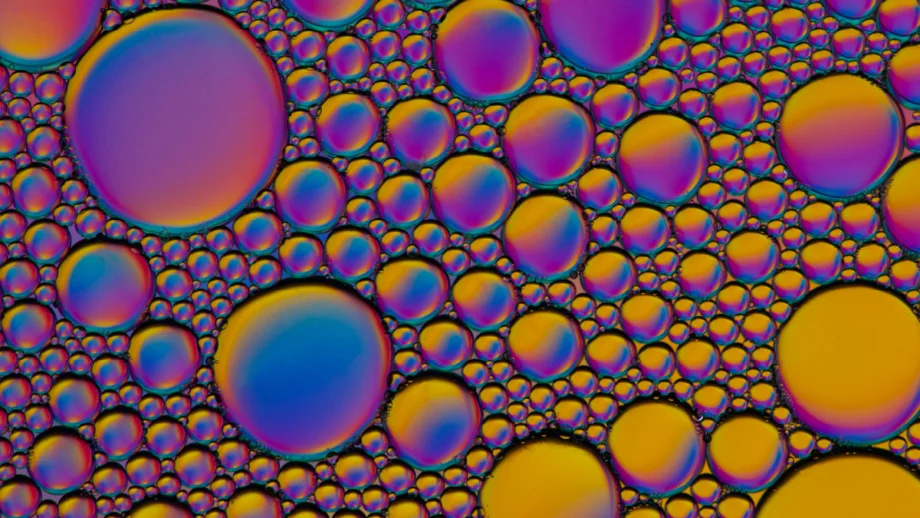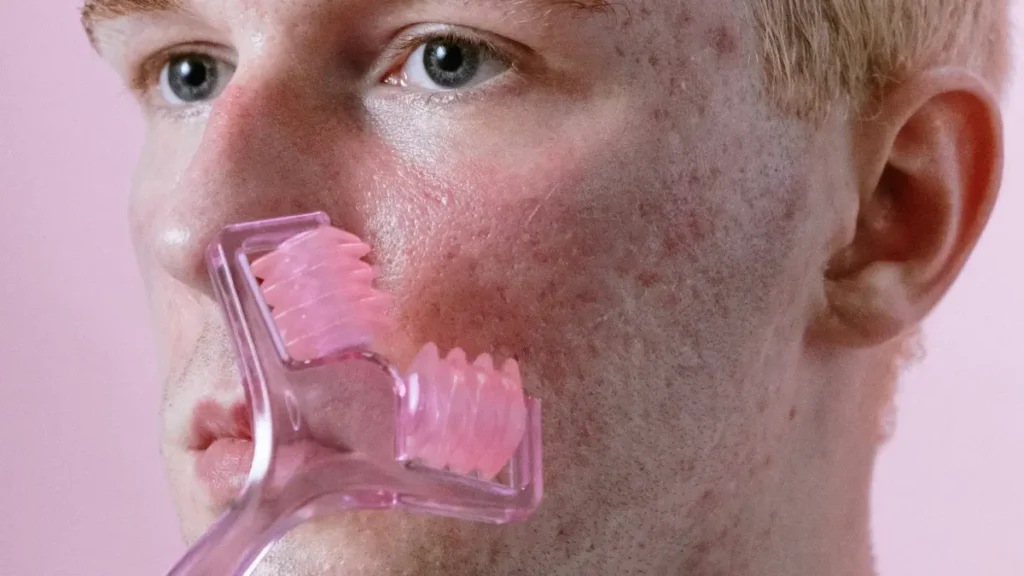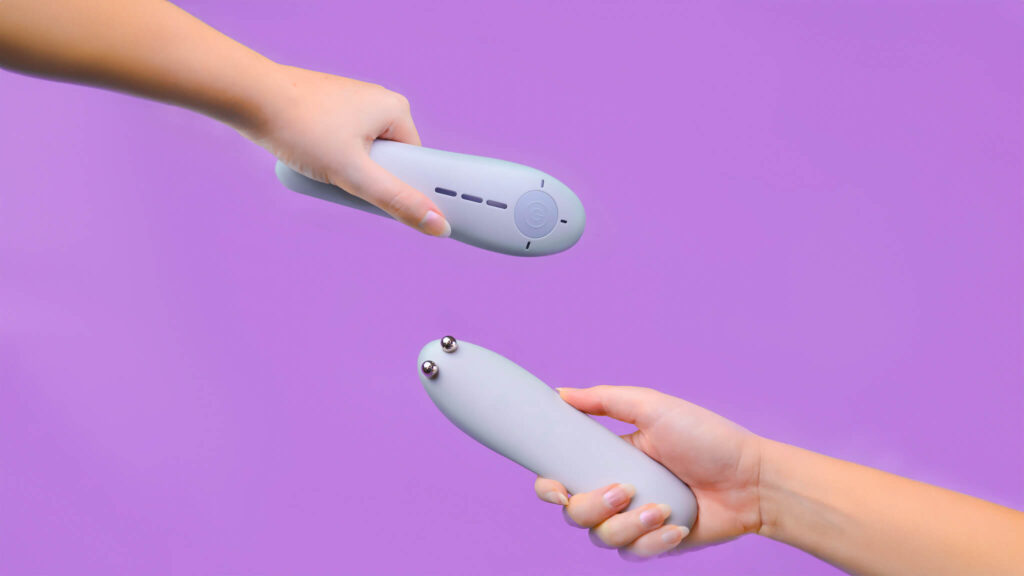When it comes to elevating your skincare routine, there’s no shortage of treatments promising radiant, youthful-looking skin. Two popular options that offer impressive benefits are microcurrent therapy and chemical peels. While they both work wonders for skin rejuvenation, these treatments differ greatly in their methods, results, and what kind of skin concerns they best address. So, how do you choose between them? Let’s break it down.
Microcurrent Therapy: The Natural Lift
What is Microcurrent?
Microcurrent therapy uses low-level electrical currents to stimulate the facial muscles and skin at a cellular level. It essentially provides a workout for your facial muscles, helping to lift and tone while encouraging collagen and elastin production.
Benefits of Microcurrent
- Non-Invasive: Unlike some treatments, microcurrent is completely non-invasive and pain-free.
- Immediate Results: Many people see a visible lift and tighter skin immediately after a session.
- Long-Term Benefits: With consistent use, microcurrent can improve skin firmness, reduce fine lines, and enhance overall facial contours.
- At-Home Accessibility: Devices like the Myotone Microcurrent System make it easy to perform professional-level treatments from the comfort of your own home.
Who is Microcurrent For?
Microcurrent is ideal for individuals seeking a non-invasive anti-aging treatment or wanting a more sculpted appearance. It’s also perfect if you want to maintain youthful skin with little downtime.
Chemical Peels: The Deep Skin Reset
What is a Chemical Peel?
A chemical peel involves applying a solution to the skin that exfoliates and removes the top layers. This process reveals fresher, smoother skin underneath, while addressing deeper concerns such as hyperpigmentation, fine lines, acne scars, and uneven skin tone.
Benefits of Chemical Peels
- Resurfacing Power: Chemical peels can dramatically improve skin texture and tone.
- Address Acne & Scars: These treatments can unclog pores, reduce breakouts, and diminish acne scars over time.
- Customizable Strengths: Peels come in varying strengths (light, medium, deep), allowing for customization based on individual skin needs.
Who is a Chemical Peel For?
Chemical peels are a great option if you have sun damage, stubborn pigmentation, acne scars, or if your skin looks dull and lifeless. However, they can involve some downtime, depending on the strength, with redness and peeling being common after treatment.
Why Not Both?
You don’t have to choose just one! In fact, many skincare enthusiasts use microcurrent for ongoing facial toning and occasional chemical peels for deeper skin renewal. For a non-invasive boost, consider trying the Myotone Microcurrent Set to sculpt and rejuvenate your face naturally!
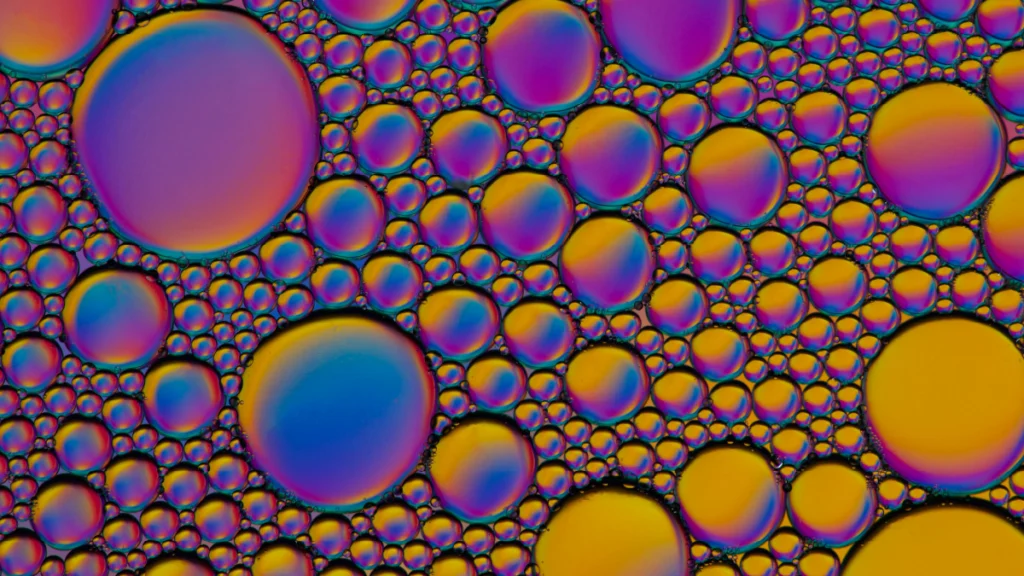
This article is brought to you by
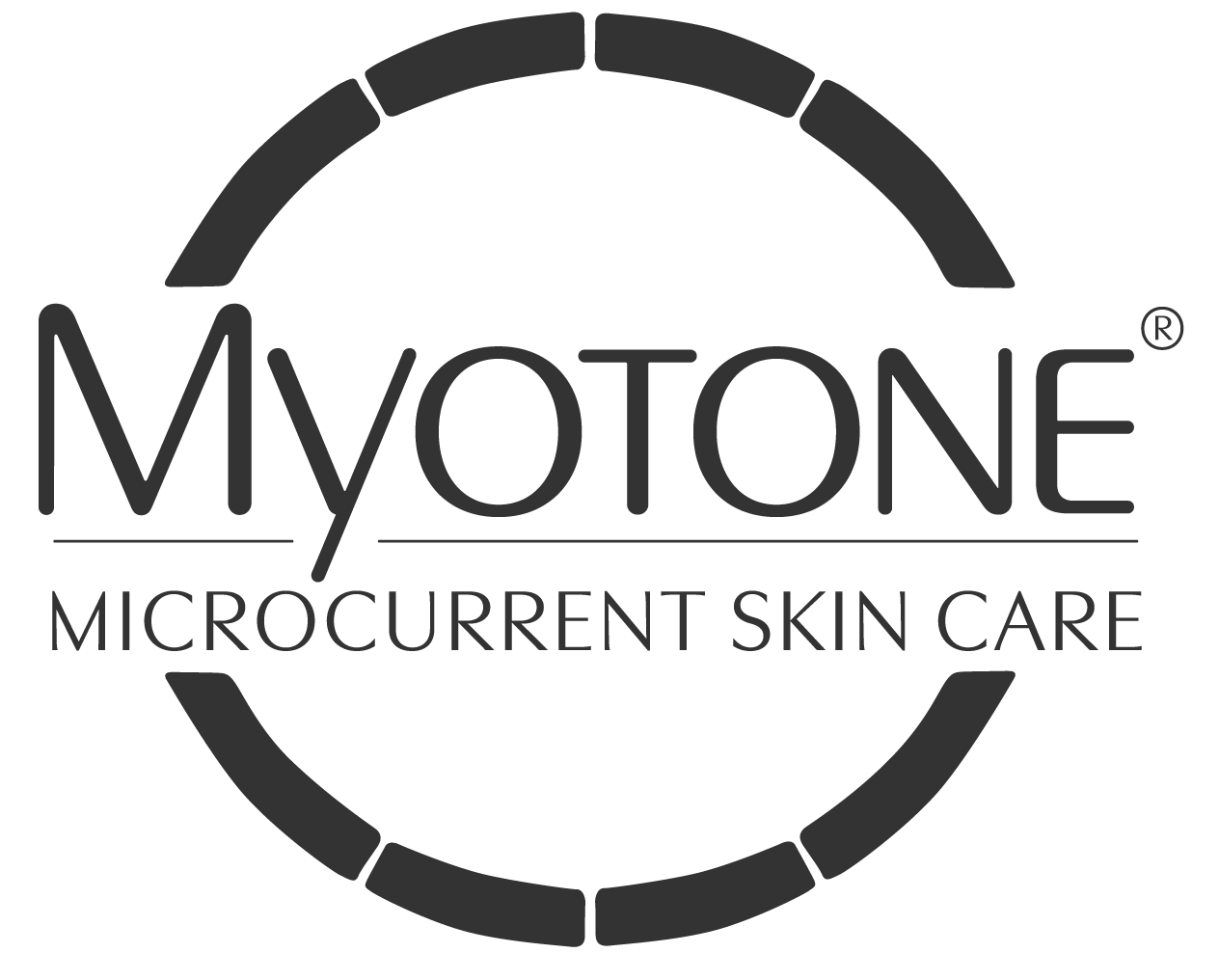
Learn More ⭢
